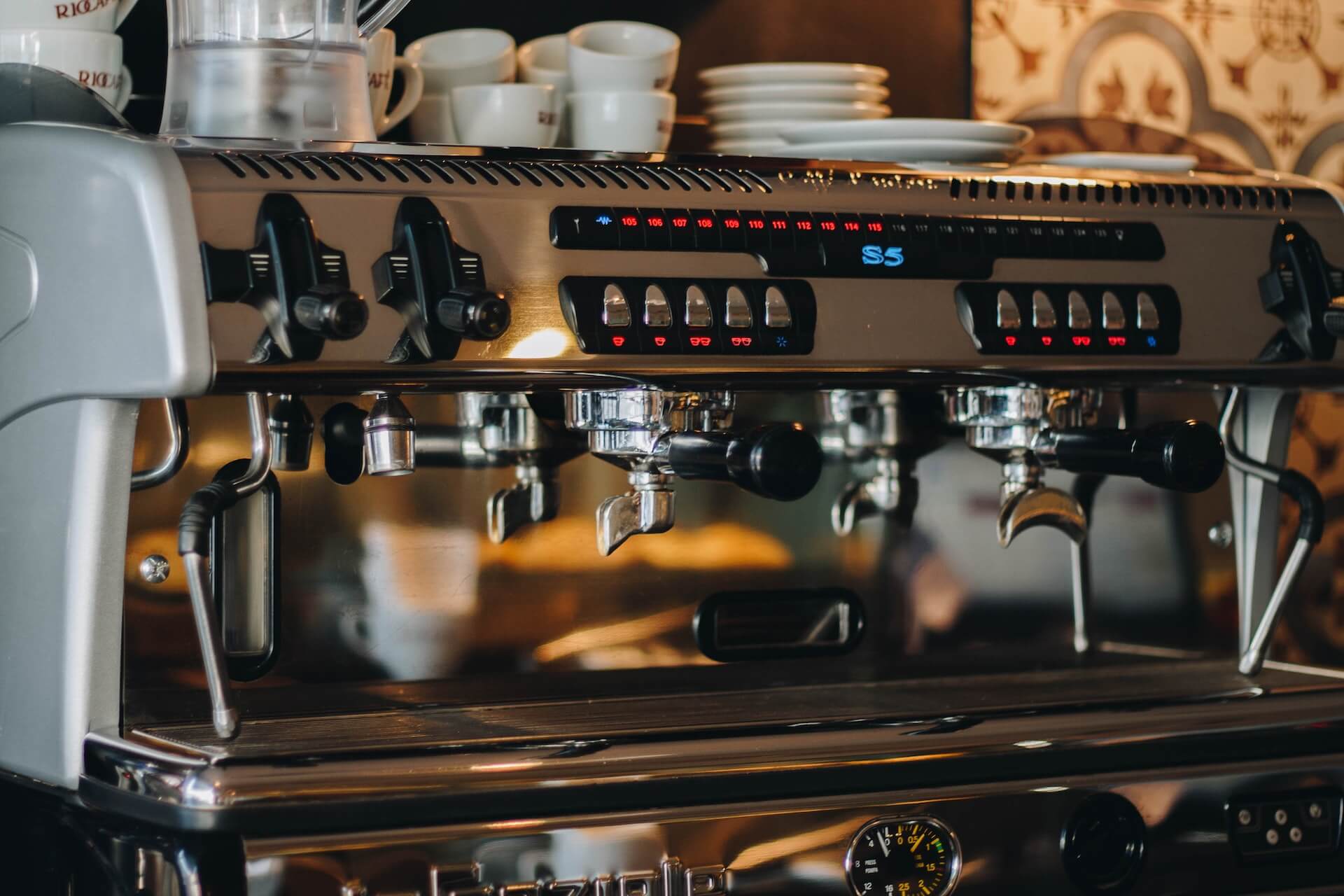What I Look For
- Performance: Does it make a good cup of espresso? Can it handle multiple drinks at once? How long does it take to heat up?
- Ease of Use: How user friendly is it? Does it have a learning curve? Is it easy to clean and maintain?
- Price: Is it expensive? Are there any additional features that justify the cost? How many cups of espresso can it produce?
What to Consider About Espresso Machines
- Semi-automatic or automatic: Semi-automatic espresso machines require you to manually control the water flow, whereas automatic machines do this for you. Automatic machines also tend to be more expensive and have more features, but manual machines might be a better choice for those just starting out.
- Steam wand: Look for a machine with a steam wand — a metal tube that you use to froth milk — as this will give you the most control over the texture and temperature of your milk. Some machines also have a built-in milk frother, but these can be tricky to control.
- Brew head: Look for a machine with a commercial-style brew head, which gives you more control over the extraction process.
- Pressure and temperature control: Pressure and temperature control are important for a good espresso. Look for a machine that can maintain a constant pressure and temperature while brewing.
- Ease of use: Choose a machine that is easy to use and maintain. Look for one with a large water tank, a removable portafilter, and an adjustable spout height so you can use different sizes of cups.
- Durability: You’ll want to make sure the machine is built to last. Look for models made with quality materials, such as stainless steel or brass.
Types of Espresso Machines
Espresso machines come in many shapes and sizes, but all serve the same purpose: to extract the perfect shot of espresso. The most common types of machines are manual, semi-automatic, and fully automatic.
Manual espresso machines are the most traditional type of espresso maker. They require the most skill and time to use. The user must manually control the pressure, temperature, and grind size of the espresso beans to get the desired taste. The advantage of manual espresso machines is that they can produce a higher quality espresso than their automatic counterparts. The disadvantage is that they require more time and skill to use.
Semi-automatic espresso machines are the most popular type. They require less skill and time to use than manual machines, but still require the user to control the pressure, temperature, and grind size of the beans. The advantage of semi-automatic espresso machines is that they are easier to use than manual machines, but still produce a higher quality espresso than fully automatic machines. The disadvantage is that they are more expensive than fully automatic machines.
Fully automatic espresso machines are the most convenient type of espresso maker. They are the easiest to use and require the least amount of skill and time. The user simply needs to load the beans, fill the water reservoir, and press a button. The machine will then grind the beans, heat the water, and extract the espresso shot. The advantage of fully automatic espresso machines is that they are very easy to use and require the least amount of skill and time. The disadvantage is that they tend to produce a lower quality espresso than manual or semi-automatic machines.
How to Care For Espresso Machines
- Regularly Clean the Machine: To keep your espresso machine in good shape, it’s important to regularly clean the machine with a soft cloth and warm water. This will help prevent clogs, as well as remove any residue from the machine, which can affect the taste of your espresso.
- Descale Your Machine: Depending on the hardness of your water, you may need to descale your espresso machine every few months. Descalers are available from most kitchen stores, and should be used according to the manufacturer’s instructions.
- Replace the Filter: The water filter should be replaced every few months to ensure that only the freshest water is used for your espresso. This will improve the flavor of your espresso and help prolong the life of your machine.
- Use Quality Coffee: Quality espresso beans are key to making great espresso, so make sure you’re using freshly ground coffee of the highest quality.
- Check Your Pressure Gauge: Your pressure gauge should be checked periodically to make sure that the machine is producing the right amount of pressure. If the pressure is too low, it could affect the taste of your espresso.
Tips for Espresso Machines
- Regularly clean and descale the espresso machine to keep it running efficiently and prevent damage to the heating elements.
- Be sure to use filtered or bottled water to help reduce mineral buildup in the machine.
- Make sure the machine is properly leveled to ensure the best espresso extraction.
- Keep the espresso machine well insulated to prevent it from getting too hot or cold.
- Always keep the machine covered when not in use to help protect it from dust and other contaminants.
Frequently Asked Questions About Espresso Machines





